-
 Bitcoin
Bitcoin $99,594.2189
-3.59% -
 Ethereum
Ethereum $2,188.5793
-9.00% -
 Tether USDt
Tether USDt $1.0001
-0.02% -
 XRP
XRP $1.9745
-5.82% -
 BNB
BNB $608.9511
-3.73% -
 Solana
Solana $130.4575
-5.93% -
 USDC
USDC $1.0000
0.01% -
 TRON
TRON $0.2637
-3.59% -
 Dogecoin
Dogecoin $0.1493
-5.97% -
 Cardano
Cardano $0.5322
-6.72% -
 Hyperliquid
Hyperliquid $33.9044
3.33% -
 Bitcoin Cash
Bitcoin Cash $449.6411
-5.46% -
 UNUS SED LEO
UNUS SED LEO $8.9629
0.43% -
 Sui
Sui $2.3943
-8.35% -
 Chainlink
Chainlink $11.4402
-7.83% -
 Stellar
Stellar $0.2241
-6.49% -
 Avalanche
Avalanche $16.1489
-4.24% -
 Toncoin
Toncoin $2.7182
-5.94% -
 Shiba Inu
Shiba Inu $0.0...01040
-5.72% -
 Litecoin
Litecoin $78.7882
-4.07% -
 Ethena USDe
Ethena USDe $1.0004
-0.01% -
 Hedera
Hedera $0.1305
-7.45% -
 Monero
Monero $297.0030
-5.32% -
 Dai
Dai $0.9997
-0.02% -
 Polkadot
Polkadot $3.1834
-6.03% -
 Bitget Token
Bitget Token $3.9788
-7.03% -
 Uniswap
Uniswap $6.1327
-10.62% -
 Pepe
Pepe $0.0...08689
-8.30% -
 Pi
Pi $0.4826
-9.65% -
 Aave
Aave $219.8043
-9.69%
How to query blockchain transaction records?
Blockchain transaction records can be queried using explorers, command-line tools, or APIs to verify details like sender, receiver, and transaction status.
Jun 23, 2025 at 09:29 am
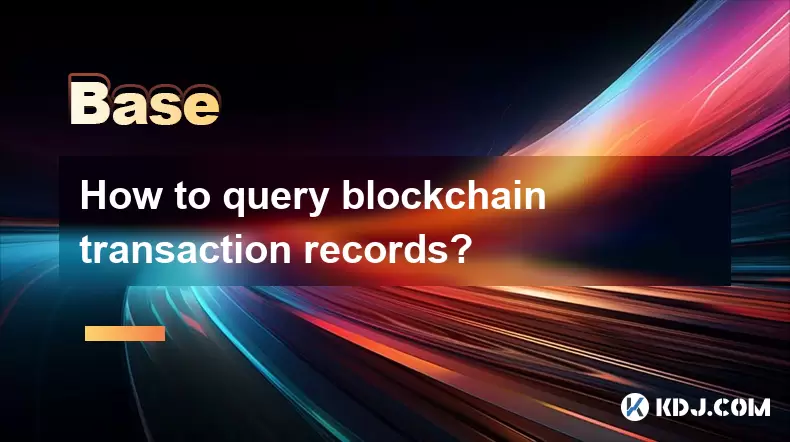
Understanding Blockchain Transaction Records
Blockchain technology is the foundation of cryptocurrencies like Bitcoin and Ethereum. Every transaction that occurs on a blockchain network is recorded in a decentralized ledger, which is publicly accessible. Querying blockchain transaction records involves retrieving specific information about these transactions using tools or APIs designed for this purpose.
Each transaction includes data such as sender address, receiver address, amount transferred, timestamp, and transaction hash. The transaction hash, often referred to as TXID (Transaction ID), is a unique identifier generated when a transaction is broadcasted to the network. It allows users to trace and verify transactions across the blockchain.
Using Blockchain Explorers
One of the most common ways to query blockchain transaction records is by using blockchain explorers. These are web-based tools that allow you to search for blocks, transactions, and wallet addresses.
- Go to a blockchain explorer like Blockchair or Etherscan.
- Locate the search bar.
- Enter the transaction hash, wallet address, or block number you want to investigate.
- Press enter or click the search icon.
The explorer will then display detailed information about the transaction, including its status, fees, gas used (for Ethereum), and confirmations. Some explorers also provide visual representations of transaction flows between wallets.
Interpreting Transaction Details
After entering a transaction hash, the explorer will show various components of the transaction:
- From/To Addresses: Displays the sender and recipient wallet addresses involved in the transfer.
- Value Transferred: Shows how much cryptocurrency was moved from one address to another.
- Transaction Fee: Indicates the cost paid to miners or validators for processing the transaction.
- Timestamp: Reflects when the transaction was included in a block.
- Confirmations: Counts how many blocks have been added after the block containing this transaction, indicating its level of finality.
For Ethereum-based transactions, additional fields like contract interaction, gas price, and status may appear. Understanding these details helps users ensure that their transactions were processed correctly and securely.
Querying via Command Line with Node Software
Advanced users can query blockchain transaction records using command-line tools by running a full node or interacting with a remote node via JSON-RPC.
For example, if you're querying an Ethereum transaction:
- Install Geth or Parity client.
- Start the node and sync it with the Ethereum network.
- Open the terminal or command prompt.
- Use the
eth.getTransactioncommand followed by the transaction hash.
eth.getTransaction("0x...")This will return all relevant details about the specified transaction. This method is more technical and requires familiarity with blockchain protocols and terminal commands, but it offers greater control and access to raw data.
Utilizing Third-party APIs
Developers and businesses often use third-party APIs to programmatically query blockchain transaction records. Services like Infura, Alchemy, and Blockchair API offer robust interfaces to retrieve blockchain data without running a full node.
Here’s a basic example using Infura with Ethereum:
- Create an account and generate an API key.
- Use a tool like Postman or write a script in Python or JavaScript.
- Send a POST request to the Infura endpoint:
https://mainnet.infura.io/v3/YOUR_PROJECT_ID - In the request body, include:
{
"jsonrpc": "2.0",
"method": "eth_getTransactionByHash",
"params": ["TRANSACTION_HASH_HERE"],
"id": 1
}
The response will contain the complete transaction object. This method is ideal for integrating blockchain data into applications or services.
Frequently Asked Questions
Q: Can I query a blockchain transaction without a transaction hash?
Yes. If you don’t have a transaction hash, you can search using a wallet address. Most blockchain explorers allow you to input a wallet address to view all associated transactions.
Q: Why does a transaction remain unconfirmed for a long time?
A transaction might be stuck due to low gas fees or network congestion. You can check its status using a blockchain explorer to see if it's pending or has failed.
Q: Are blockchain transaction records private?
No. Public blockchains like Bitcoin and Ethereum maintain transparent ledgers. Anyone can query and view transaction details using a blockchain explorer.
Q: How accurate are blockchain explorers?
Most reputable explorers pull data directly from nodes and are highly accurate. However, discrepancies can occur during network forks or synchronization delays. Always cross-check with multiple sources if critical information is at stake.
Disclaimer:info@kdj.com
The information provided is not trading advice. kdj.com does not assume any responsibility for any investments made based on the information provided in this article. Cryptocurrencies are highly volatile and it is highly recommended that you invest with caution after thorough research!
If you believe that the content used on this website infringes your copyright, please contact us immediately (info@kdj.com) and we will delete it promptly.
- Altcoins Under Pressure: Cardano and XRP Face Critical Tests
- 2025-06-23 12:25:12
- Rare Coin Fever in Wiltshire: Auctions, Errors, and Olympic Gold!
- 2025-06-23 12:25:12
- XRP Price Under Pressure: War Fears and Market Sentiment
- 2025-06-23 12:30:12
- HAI Token Private Key Leak: What Happened and How to Stay Safe
- 2025-06-23 12:45:12
- Texas Goes All In: Bitcoin Reserve Signals Big State Embrace
- 2025-06-23 12:45:12
- Pi Network's Price Plunge: Crash, Scammer Accusations, and What's Next?
- 2025-06-23 13:05:12
Related knowledge
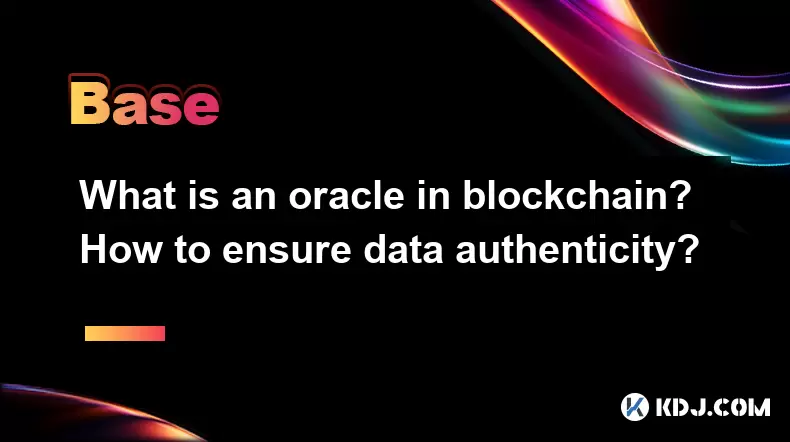
What is an oracle in blockchain? How to ensure data authenticity?
Jun 19,2025 at 08:49pm
Understanding the Role of an Oracle in BlockchainIn the context of blockchain technology, an oracle serves as a bridge between the blockchain and external data sources. While blockchains are inherently secure and decentralized, they cannot access real-world information on their own. Oracles enable smart contracts to interact with off-chain data such as ...
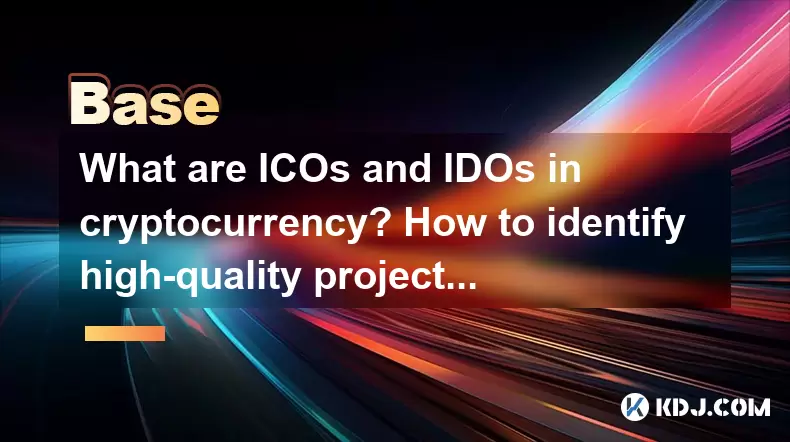
What are ICOs and IDOs in cryptocurrency? How to identify high-quality projects?
Jun 22,2025 at 11:49am
Understanding ICOs in CryptocurrencyInitial Coin Offerings (ICOs) are fundraising mechanisms used by cryptocurrency startups to raise capital for their projects. In an ICO, a company creates and sells its own tokens to investors in exchange for established cryptocurrencies like Bitcoin or Ethereum. The process typically involves the release of a whitepa...
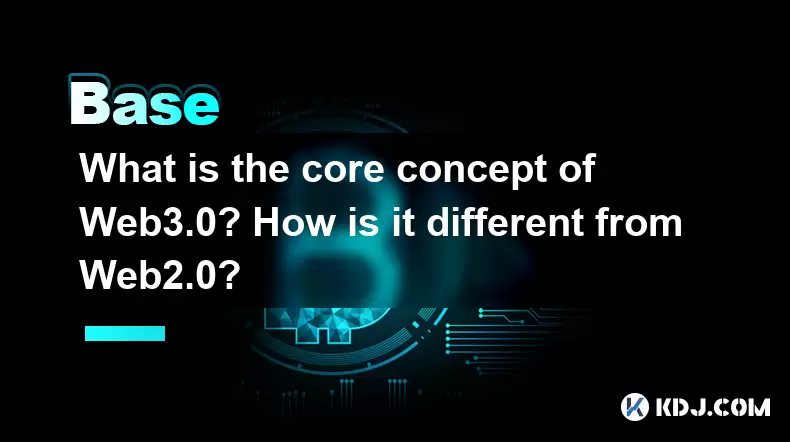
What is the core concept of Web3.0? How is it different from Web2.0?
Jun 21,2025 at 05:56pm
Decentralization as the Foundation of Web3.0The core concept of Web3.0 revolves around decentralization, which fundamentally challenges the centralized architecture of Web2.0. In Web3.0, control and ownership are distributed across a network rather than being held by a central authority or corporation. This is achieved primarily through blockchain techn...
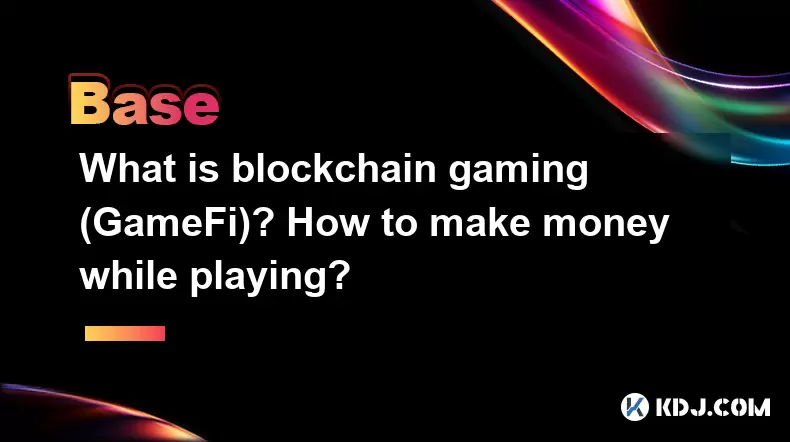
What is blockchain gaming (GameFi)? How to make money while playing?
Jun 20,2025 at 07:56am
Understanding Blockchain Gaming (GameFi)Blockchain gaming, often referred to as GameFi, is a fusion of blockchain technology and video games. It enables players to own in-game assets through non-fungible tokens (NFTs) and earn rewards via cryptocurrencies or token-based systems. Unlike traditional games where items are controlled by centralized develope...
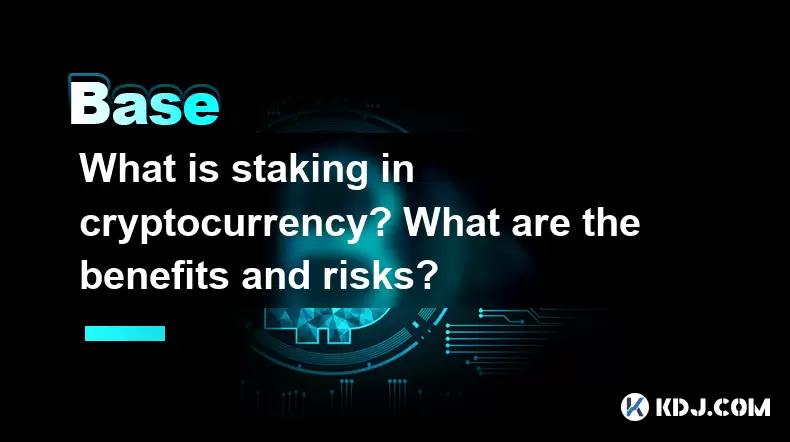
What is staking in cryptocurrency? What are the benefits and risks?
Jun 22,2025 at 10:01am
Understanding the Concept of Staking in CryptocurrencyStaking in cryptocurrency refers to the process of actively participating in transaction validation on a blockchain network that uses a Proof-of-Stake (PoS) consensus mechanism. Instead of miners competing to solve complex mathematical puzzles as in Proof-of-Work systems like Bitcoin, PoS blockchains...
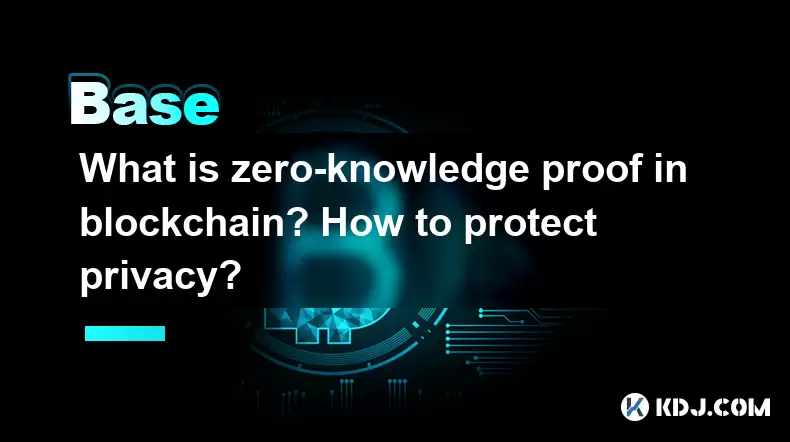
What is zero-knowledge proof in blockchain? How to protect privacy?
Jun 20,2025 at 06:28am
Understanding Zero-Knowledge Proof in BlockchainZero-knowledge proof (ZKP) is a cryptographic method that allows one party to prove to another that they know a value or piece of information without revealing the actual data. In the context of blockchain, this concept plays a crucial role in enhancing privacy and security while maintaining the integrity ...

What is an oracle in blockchain? How to ensure data authenticity?
Jun 19,2025 at 08:49pm
Understanding the Role of an Oracle in BlockchainIn the context of blockchain technology, an oracle serves as a bridge between the blockchain and external data sources. While blockchains are inherently secure and decentralized, they cannot access real-world information on their own. Oracles enable smart contracts to interact with off-chain data such as ...

What are ICOs and IDOs in cryptocurrency? How to identify high-quality projects?
Jun 22,2025 at 11:49am
Understanding ICOs in CryptocurrencyInitial Coin Offerings (ICOs) are fundraising mechanisms used by cryptocurrency startups to raise capital for their projects. In an ICO, a company creates and sells its own tokens to investors in exchange for established cryptocurrencies like Bitcoin or Ethereum. The process typically involves the release of a whitepa...

What is the core concept of Web3.0? How is it different from Web2.0?
Jun 21,2025 at 05:56pm
Decentralization as the Foundation of Web3.0The core concept of Web3.0 revolves around decentralization, which fundamentally challenges the centralized architecture of Web2.0. In Web3.0, control and ownership are distributed across a network rather than being held by a central authority or corporation. This is achieved primarily through blockchain techn...

What is blockchain gaming (GameFi)? How to make money while playing?
Jun 20,2025 at 07:56am
Understanding Blockchain Gaming (GameFi)Blockchain gaming, often referred to as GameFi, is a fusion of blockchain technology and video games. It enables players to own in-game assets through non-fungible tokens (NFTs) and earn rewards via cryptocurrencies or token-based systems. Unlike traditional games where items are controlled by centralized develope...

What is staking in cryptocurrency? What are the benefits and risks?
Jun 22,2025 at 10:01am
Understanding the Concept of Staking in CryptocurrencyStaking in cryptocurrency refers to the process of actively participating in transaction validation on a blockchain network that uses a Proof-of-Stake (PoS) consensus mechanism. Instead of miners competing to solve complex mathematical puzzles as in Proof-of-Work systems like Bitcoin, PoS blockchains...

What is zero-knowledge proof in blockchain? How to protect privacy?
Jun 20,2025 at 06:28am
Understanding Zero-Knowledge Proof in BlockchainZero-knowledge proof (ZKP) is a cryptographic method that allows one party to prove to another that they know a value or piece of information without revealing the actual data. In the context of blockchain, this concept plays a crucial role in enhancing privacy and security while maintaining the integrity ...
See all articles

























































































